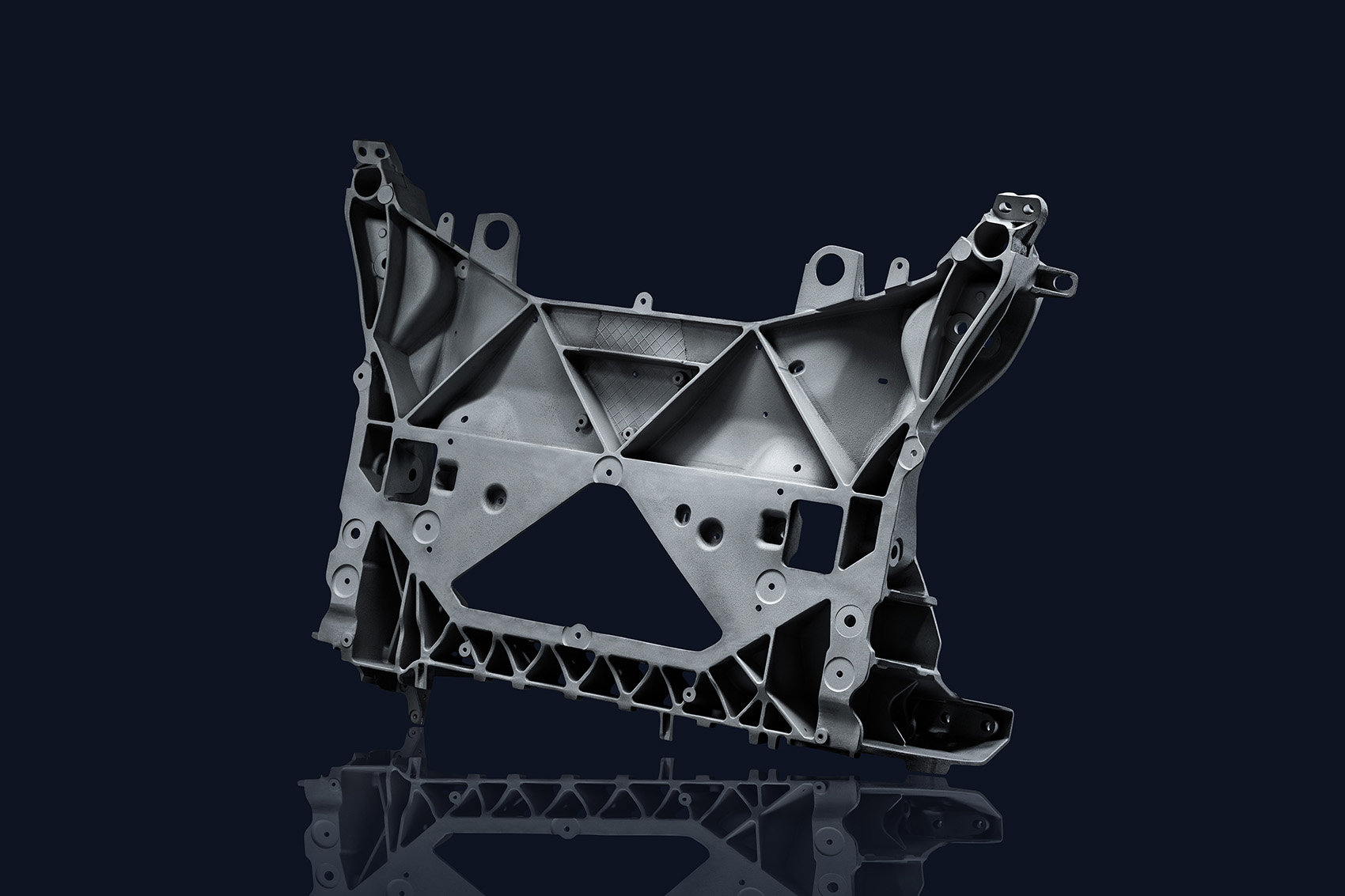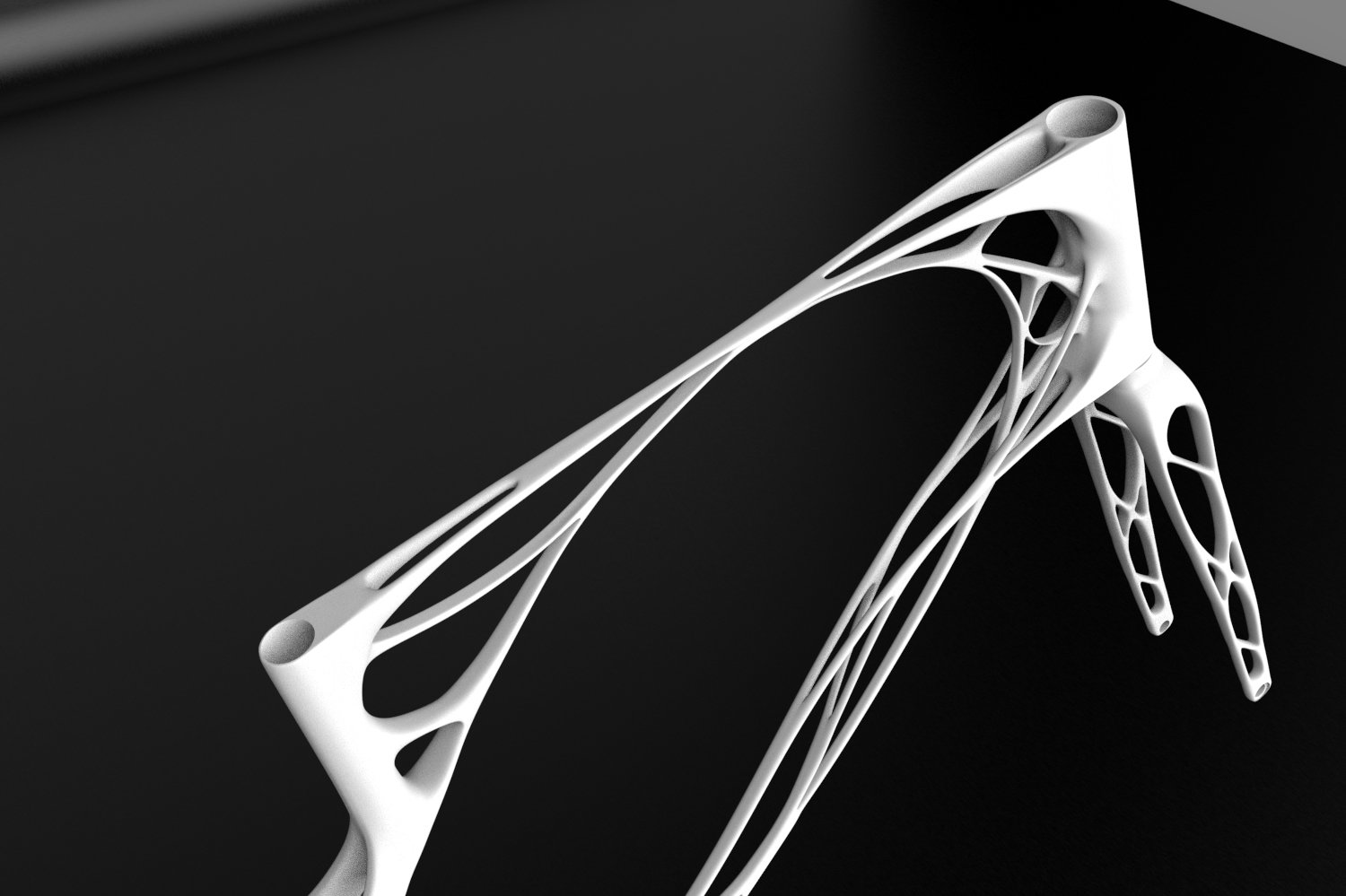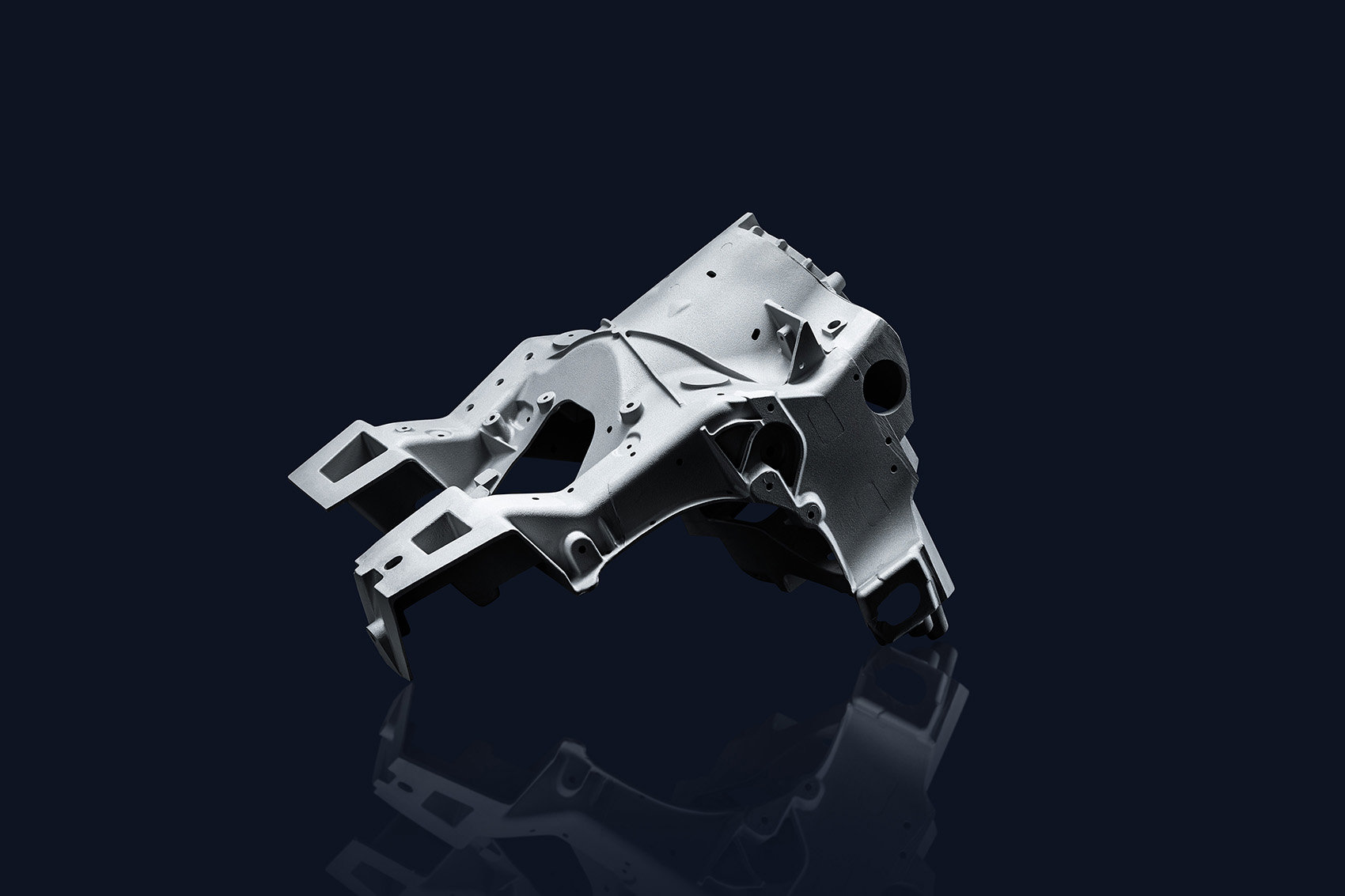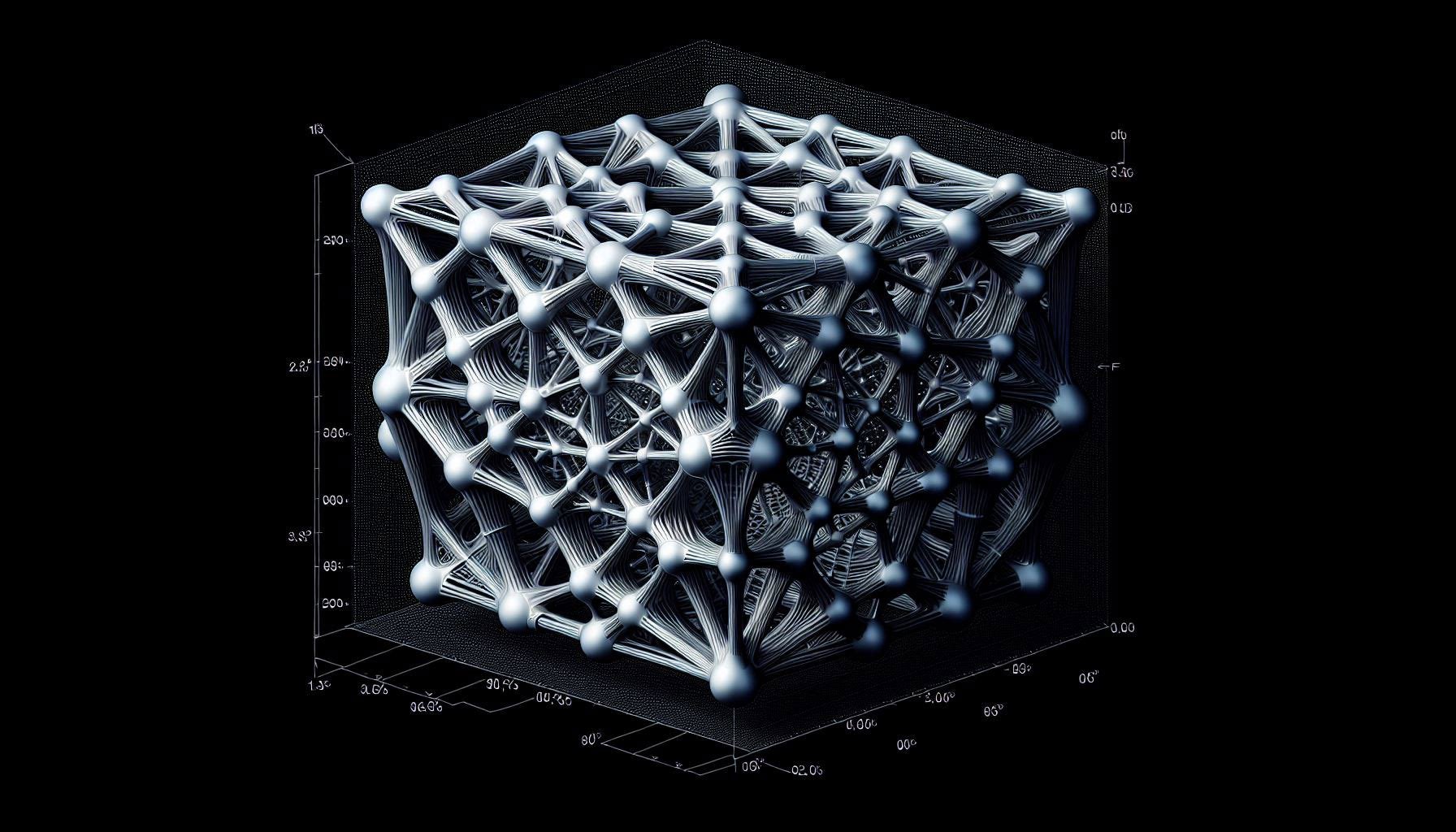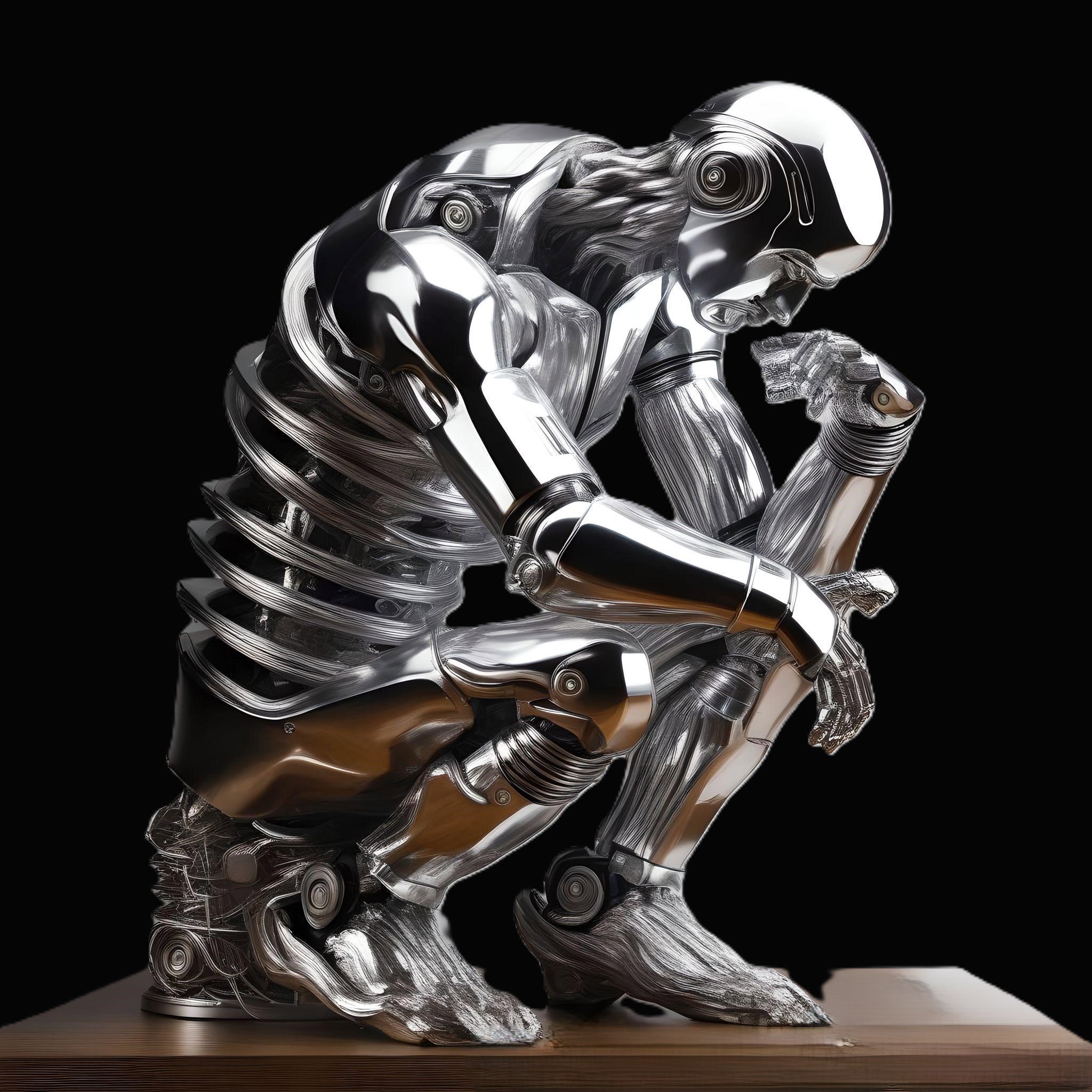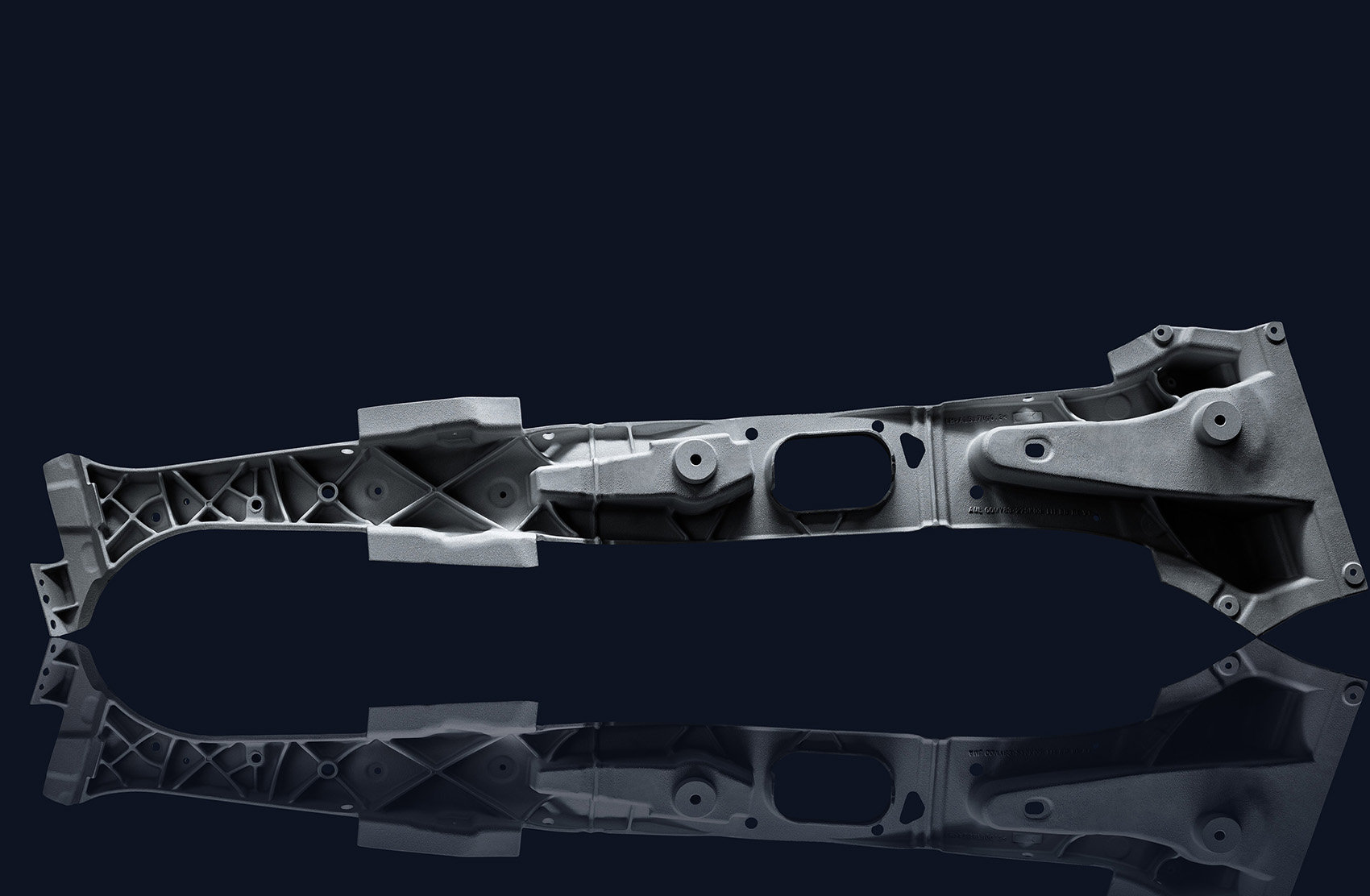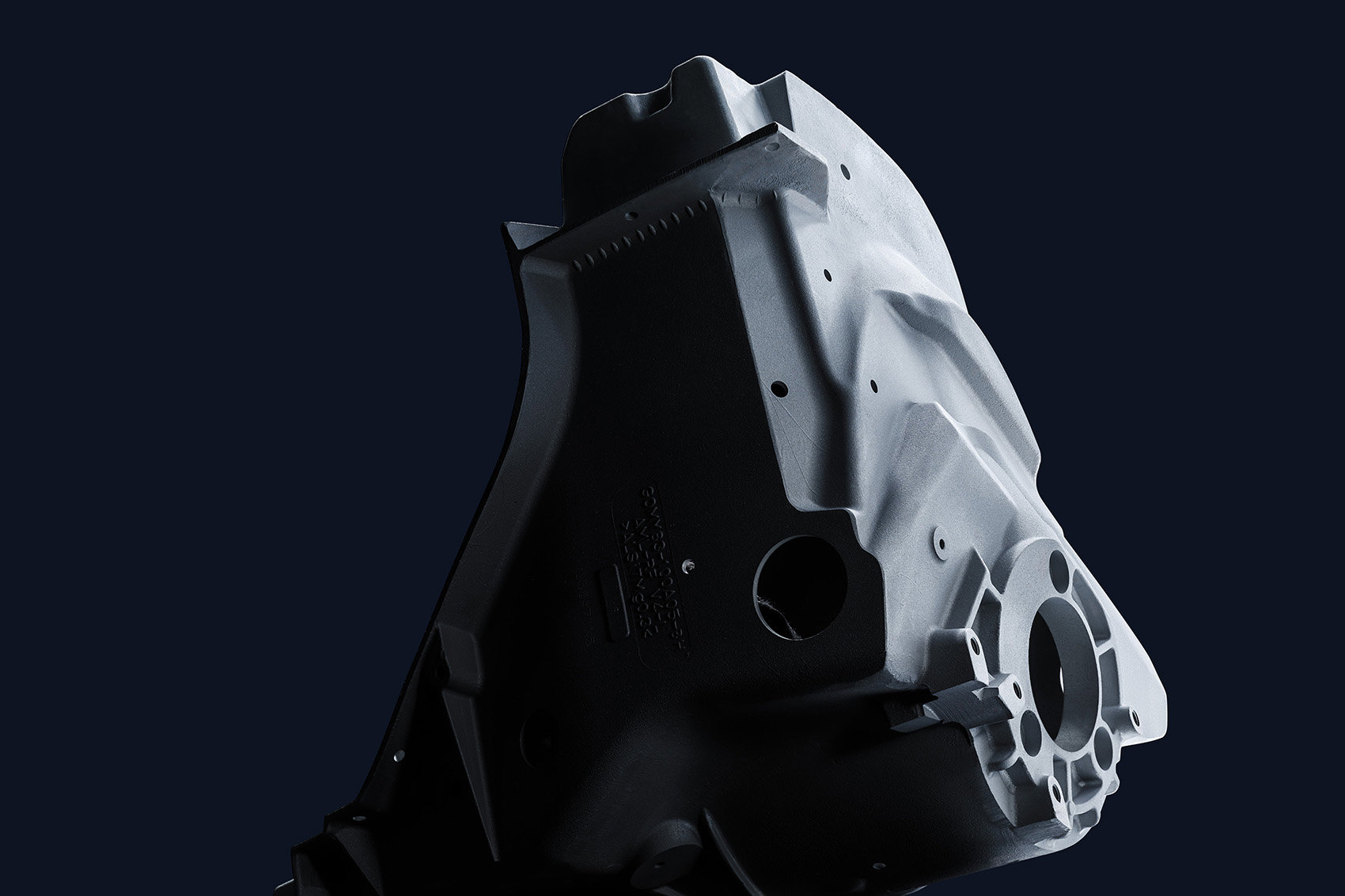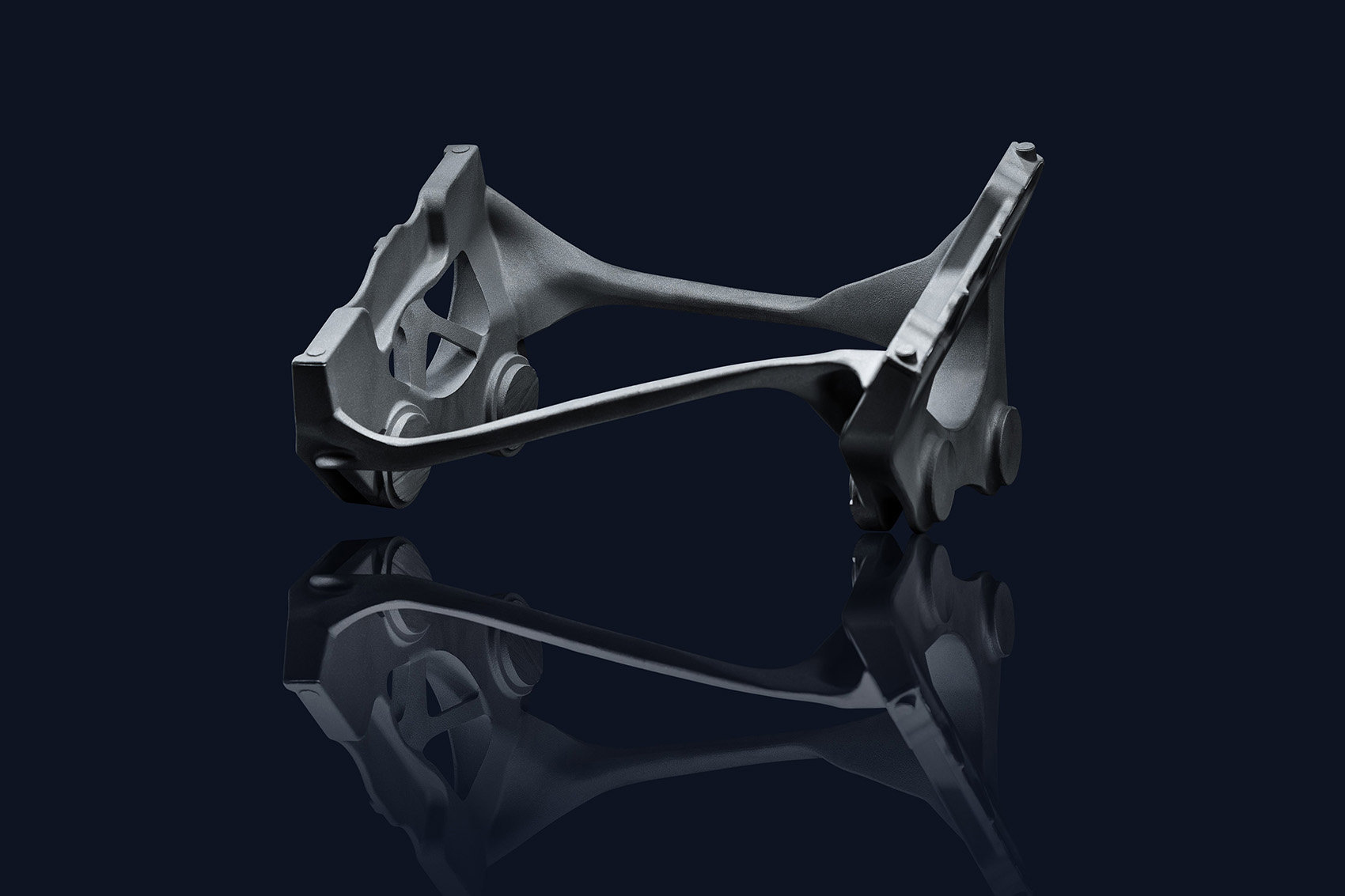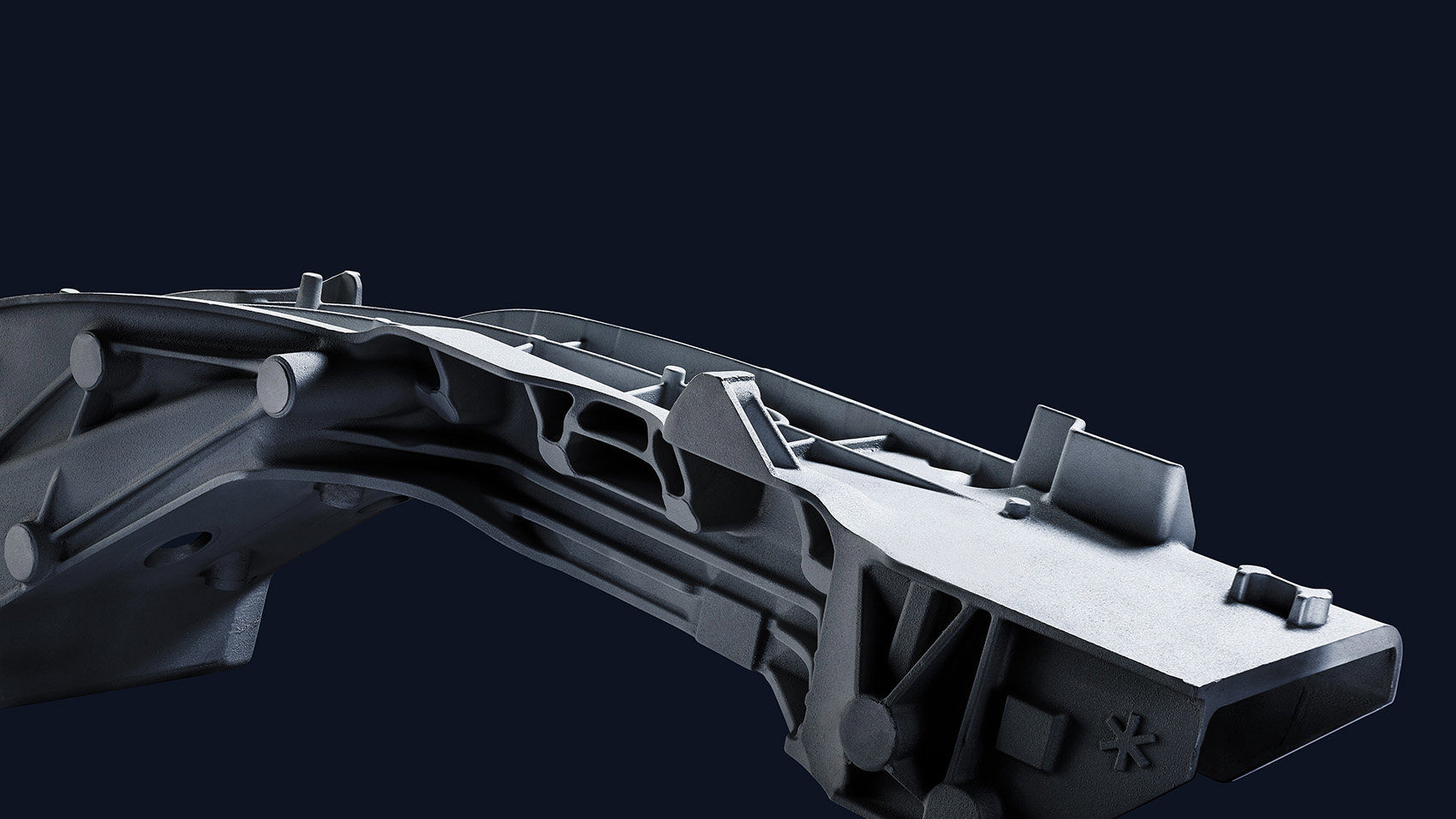
World Leading Technology
An automotive OEM recently declared Sarginsons work on Digital Twin Simulations as 'the most significant advance in casting technology for over 30 years'. This epitomises Sarginsons strategy of being the global leader in casting technology. Technology that creates a real world advantage for customers and foundry alike. This means minimising mass, costs, development times and CO2 whilst maximising mechanical performance and decreasing the risks of doing so.
For Sarginsons, creating digital twin simulations, which predict TYE mechanical performance, fatigue and stress at any point of a casting, was the start of a whole range of new technologies. Everything from Topological Optimisation, Designed Deformation and Smart Cooling through to eAlloy development. But the real secret was making it all exploitable and readily available through making the data exportable to OEM's FEA meshes.
Exploit the infinite design potential of Liquid Metal.
